What makes a good yoga class (and is it similar to a good movie)?
4You know how sometimes you go to a yoga class and leave feeling more centered, energized and whole? And other times you leave feeling more fragmented and discombobulated? Why is that? Certainly, everybody’s response to any given class is highly individual. But are there certain universal principles that make a class great? Let’s take a look.
Good yoga class in many ways seems to be similar to a good movie. If I asked you what makes a good movie, what would you say? It’s probably some version of the following:
- A thought provoking story that touches on universal themes and concerns
- A skilled director with a vision who is able to bring it to life via
- Presentation of the plot that keeps the audience engaged
- Ability to connect with the audience
- Acting that serves to convey the story
- Cinematography and Music that wrap it all together
How is a yoga class similar?
UNIVERSAL THEMES AND CONCERNS. By it’s very nature yoga addresses the fundamental questions that we all face about health, awareness and life well-lived. Whether you are interested in physical benefits, mental stability or connection to something greater then yourself, you can find it here, regardless of your age, skin color or zip code.
Yoga teacher is like a skilled film director that makes that experience possible.
First of all, any director must have a VISION. He needs to ask himself: What is the main idea of the film? Is it relevant to my audience? What choices do I need to make to manifest my vision? And it needs to lead to a resolution of some kind. In the same way, a yoga teacher needs to have a vision. We call it an INTENTION. Without an Intention you are stumbling in the dark, being pulled from one idea to the next and end up with everything but a kitchen sink and no clear focus. What are you trying to accomplish? Is it relevant to your students? What poses/practices do you need to choose to manifest your vision in the best possible way? If at the end of the class your students cannot articulate clearly what this class was about, then either your intention wasn’t clear or your choice of tools wasn’t optimal.
AUDIENCE ENGAGEMENT. While a good yoga class doesn’t need to have a pace of a thriller, it does need to keep your students’ attention. Left to our own devices most of us would drift off into daydreaming or our to-do lists. There are many ways of keeping your students engaged. Just like in movies, you can introduce unexpected plot twists, interesting developments, usual things presented in an unusual way or good old humor. Engaged is different from entertained though. In a yoga class we want the students to be eager to join the ride, curious about what comes next – not laughing their heads off (unless that is your intention :)) 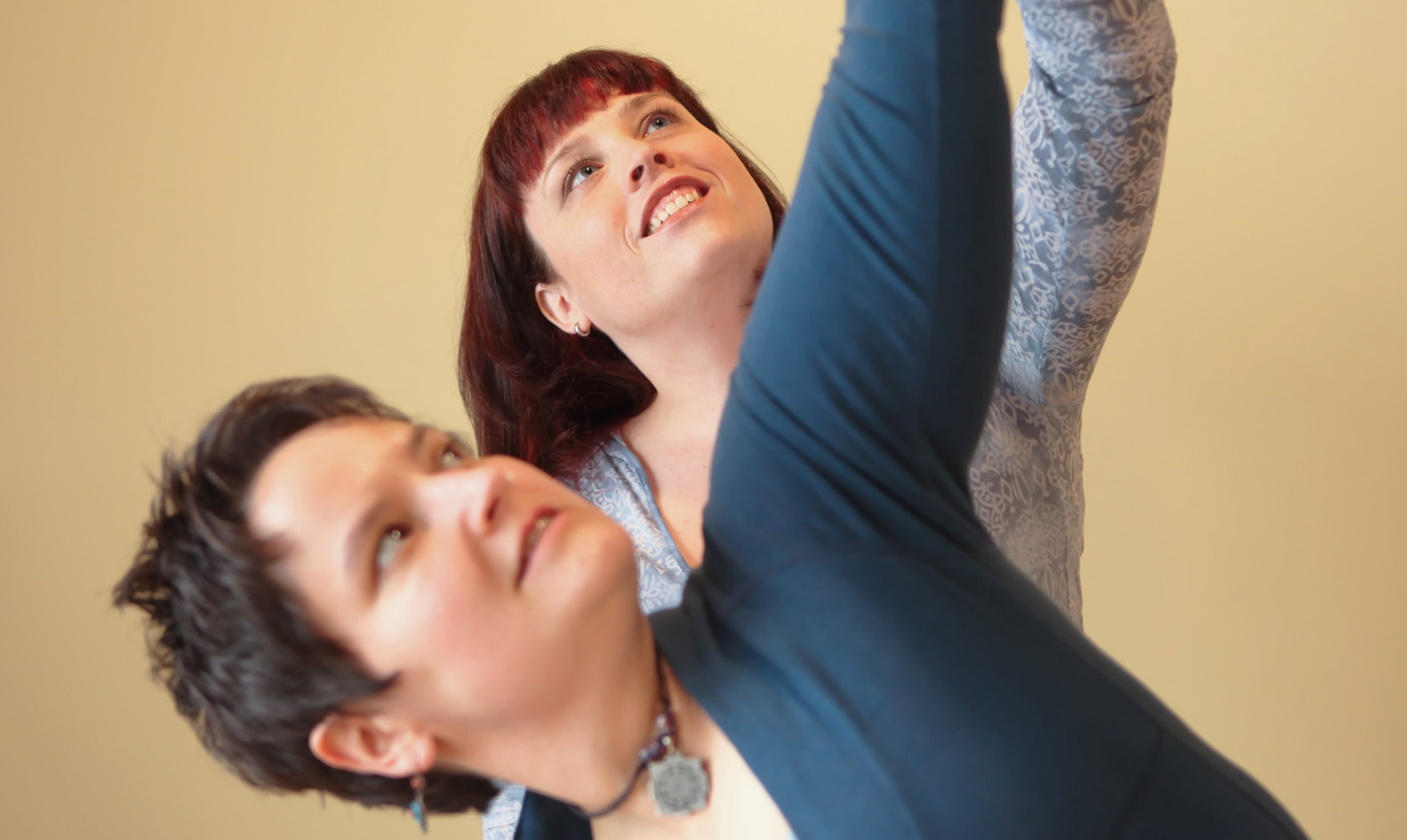
ABILITY TO CONNECT. If you cannot identify with any characters in a movie and it doesn’t touch you in any way, you are likely to forget it quickly. As a yoga teacher, you need to show your students that they matter – by listening to them, taking their requests, remembering their names and some important facts of their lives. It’s essential to pay attention to them before, during and after the class. I took a class once where the teacher entered without greeting, set up her mat to face the mirror with her back to her students and lead the entire class like that, doing her poses and talking to what felt like herself in the mirror. Personally, I felt abandoned as a student. After all, yoga is about connection by definition, so it needs to be present in every class.
ACTING is about bringing the essence of the character to life. And best directors are the ones who allow the actors, as the characters, to find their way through each scene. Interestingly, the “character” that we are trying to unearth in a yoga class is our own real self, underneath the clutter of how we present ourselves to the world. Getting in touch with that unchanging, unconditional True Self that is the source of our wisdom and personal power is the ultimate goal of yoga. If we manage to get a glimpse of it in a yoga class, we feel more clear, stable, and peaceful.
CINEMATOGRAPHY AND MUSIC tie it all together. They help create a certain mood, atmosphere that has to support the development of the plot, not to overpower it. In a yoga class you might choose to set up your space to make it more conducive to your vision: dimming the lights, turning up the heat, etc. Using music can be an effective tool in a yoga class, but it can also be very distracting. If you choose to play music you have to make sure that it doesn’t conflict with the pace of movement, your instructions or students’ awareness of their breath. Imagine if the director chose Enya for a suspenseful moment in the plot – wouldn’t that be a bit disorienting?
When all those things come together, some sort of magic happens and we end up with a wonderful, moving and engaging film. Was it a happy accident? Probably not. Some things probably did fall into place, but it is the masterful orchestration by the director that made it possible. And the best movies are designed to pull you into the story without being aware of the director’s “invisible hand”.
It’s the same with the best yoga classes. It might seem that things “just happened”, but it’s the “invisible hand” of the yoga teacher that guided you through the process and brought you to some logical conclusion. It doesn’t mean of course, that at the end of the class all your issues are resolved, but hopefully you arrive at a place where you are a bit more aware, a bit more centered, a bit more whole. And it’s our responsibility as yoga teachers to continuously fine-tune our “directorial” skills to make the practices more effective for our students.

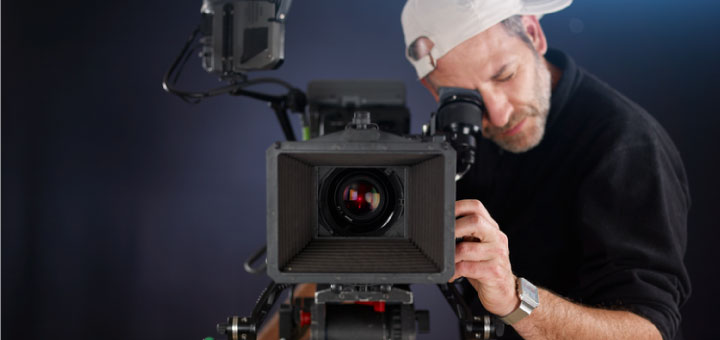

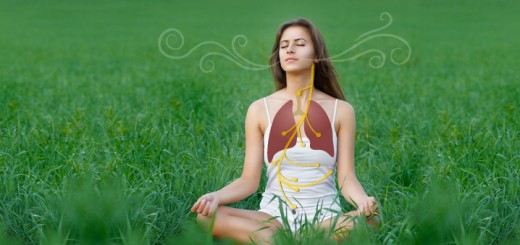
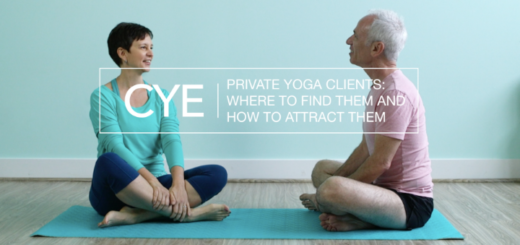
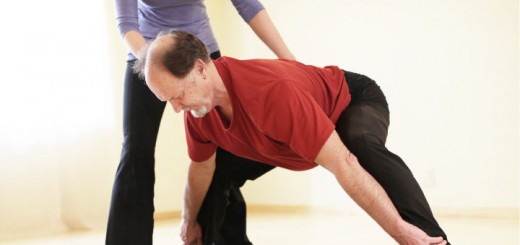















this is a great comparison! 🙂
Thanks Terra!
Great article. Thanks
Thank you Sean!